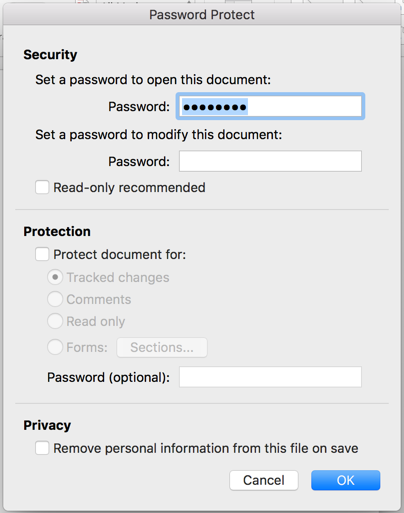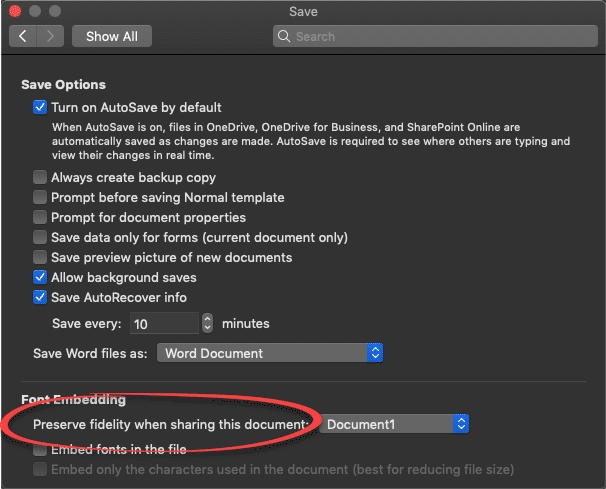Try to keep your documents small when you work in Word 2010. When the time comes to create a large Word document, such as a multichapter book or an extremely long paper (more than about 100 pages), you can take advantage of Word’s large-document features. Organize your large projects by creating smaller documents, and then chain the documents together by using Word’s Master Document feature.
The information also applies to Version 16.28 or later of the following Office for Mac applications: Excel, Outlook, OneNote, PowerPoint, and Word. Diagnostic data is used to keep Office secure and up-to-date, detect, diagnose and fix problems, and also make product improvements. Sep 03, 2019 Step by step instructions how to how to fix Microsoft Word slow on your PC and Mac. Find solutions to fix slow response when opening and processing files and delay in typing. View Word Template File in Windows 10. Now, open Microsoft Word to create a new Normal.dot/dotm/dotx file.
If you start out with a humongous document, you need to split that document up into smaller documents. Then, after you work on those smaller documents, you put them all back together.
1Select half the document, the portion you want to split into a new document.
Or, if you’re splitting a document into several pieces, select the first chunk you want to plop into a new document.
2Cut the selected block.
You can cut text in a number of ways. For example, press Ctrl+X.
3Summon a new, blank document.
Ctrl+N does the trick.
4Paste in the portion of the first document you cut in Step 2.

You can press Ctrl+V to paste.
5Save both documents.
You now have two (or more) documents where you started with one.
After working on your smaller documents, create a big, whopping document (a master document) out of several smaller documents.
6Start a new, blank document in Word.
Press Ctrl+N to quickly summon a new, blank document.
7Save the document.
Yeah, you haven’t yet written anything. Don’t worry: By saving now, you get ahead of the game and avoid some weird error messages.
8Switch to Outline view.
Choose the Outline View button from the status bar to quickly get to Outline view.
Microsoft Word For Mac 16.28 Window New Document Too Large Windows
9On the Outlining tab in the Master Document group, click the Show Document button.
By clicking the Show Document button, you open up more choices in the Master Document group. One of those choices is the Insert button, used to build the master document.
10Click the Insert button.
The Insert Subdocument dialog box opens.
11In the Insert Subdocument dialog box, hunt down the first document that you want to insert into the master document.

The documents must be inserted in order.
12Click the Open button to stick the document into the master document.
The document appears in the window, but it’s ugly because Outline view is active. Don’t worry: It won’t print out ugly! Word has set itself up for you to insert the next document:
13If a prompt appears, asking a question about conflicting styles, click the Yes to All button.
This step keeps all subdocument styles consistent with the master document.
14Repeat Steps 10 through 13 to build the master document.
Go through this process until you’ve added all the smaller documents you want.
15Save the master document when you’re done.
At this point, the master document is created. You can edit the headers and footers, create a table of contents, and work on other items that affect the entire document.
Word 2016 can not only automatically number your pages, but it also lets you place the page number just about anywhere on the page and in a variety of fun and useful formats. Heed these directions:
Click the Insert tab.
In the Header & Footer area, click the Page Number command button.
A menu drops down, showing various page-numbering options. The first three are locations: Top of Page, Bottom of Page, and Page Margins (the sides of the page).
Choose where to place the page numbers.
If you want your page numbers on the bottom of the page, choose the Bottom of Page option.
Pluck a page-numbering style from the list.
You see oodles of samples, so don’t cut yourself short by not scrolling through the menu. You can even choose those famous page X of Y formats.

Dutifully, Word numbers each page in your document, starting with 1 on the first page, up to however many pages long the thing grows.
Here’s the good part: If you delete a page, Word renumbers everything for you. Insert a page? Word renumbers everything for you again, automatically. As long as you insert the page number as described here, Word handles everything.
Microsoft Word For Mac 16.28 Window New Document Too Large Windows 10
To change the page number format, simply choose a new one from the Page Number menu.
If you merely need to reference the current page number in your document’s text, choose the Current Position item in Step 3. Word inserts the current page number at the insertion pointer’s location.
The page numbers are placed in the document’s header or footer.
Page numbers can be removed just as easily.